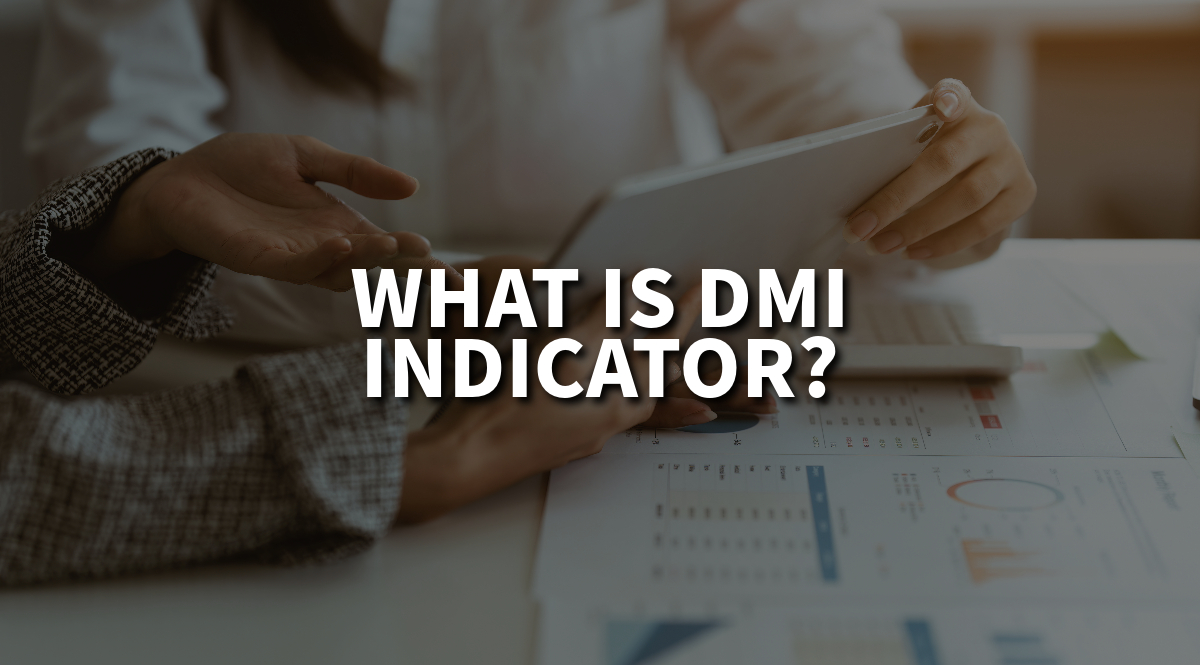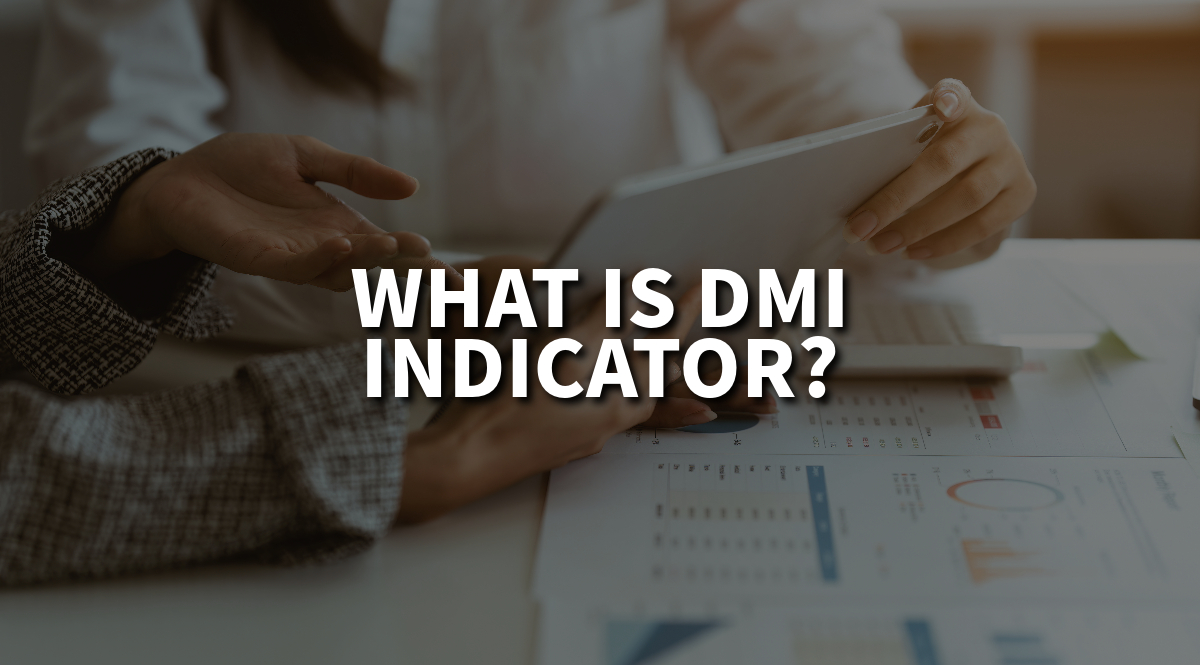
What Is DMI Indicator? – Directional Moving Index
Understanding the Directional Movement Index (DMI) is crucial for traders looking to harness the power of technical analysis. The DMI indicator formula, a cornerstone in investment analysis, helps traders gauge the strength and direction of a trend.
This practical guide will dive into how to calculate the average directional index (ADX), an integral part of the DMI that measures the strength of a trend.
Key components, such as +DI and -DI, play a vital role in the movement index DMI. By comparing the current high to the previous high and the low to the previous low, traders can discern the strength of the trend.
When +DI crosses above -DI, it often signals trend is strongly bullish, suggesting a potential long trade. Conversely, when -DI is above +DI, it indicates a bearish signal, pointing towards a negative directional movement.
We will also explore how to calculate the true range. It is an essential step in determining the ADX, which measures the average directional movement index adx. Understanding these components, including +DM and -DM, and the index DX, equips traders with robust trading signals. In that way they can develop effective trading strategies in the financial markets.
Whether you’re identifying bullish signals or bearish signals, the DMI indicator becomes an invaluable tool.
Key Takeaways
- The Directional Movement Index is a technical indicator developed by J. Welles Wilder to identify the price direction of securities, encompassing Positive (+DI) and Negative (-DI) Directional Movements.
- The DMI consists of the Positive Directional Movement (+DI) and Negative Directional Movement (-DI). These indicate upward and downward price pressure, respectively.
- The DMI calculation involves determining +DM and -DM by comparing current highs and lows with previous ones. It determines the Average True Range (ATR), and then uses these values to compute the +DI and -DI.
- The DMI helps in assessing the strength and direction of price movements, where +DI above -DI suggests a bullish trend and vice versa. Crossovers between +DI and -DI serve as trade signals.
- While both DMI and Aroon Indicator measure positive and negative movements, they differ. The major distinctions are in their calculation methods and the timing of their crossover signals.
- The DMI’s reliance on historical prices may not always predict future movements accurately. Also,it can generate false signals, especially in markets without strong trends.
- DMI is most effective when used alongside long-term price charts to identify larger trend directions and in markets with strong trends.
What Is the Directional Movement Index (DMI)?

The Directional Movement Index (DMI) is a technical indicator developed by J. Welles Wilder. It comprises two key components: the Positive Directional Movement (+DI) and the Negative Directional Movement (-DI). These elements work together to indicate upward or downward price pressure. Traders often use DMI as a trend confirmation tool to assess whether to enter a long trade or a short trade based on the identified trend.
The Formulas for the Directional Movement Index (DMI)
The DMI’s accuracy hinges on its well-defined formulas. To calculate the +DI and -DI, you need to understand the concepts of +DM and -DM, which involve comparing the current high with the previous high and the current low with the previous low. Additionally, the Average True Range (ATR) is crucial in these calculations as it represents the true range (TR) over a selected period. The ADX, part of the DMI, then measures the trend’s strength by averaging these values.
Calculating the Directional Movement Index – Steps
To calculate the DMI, follow these steps:
- Determine the +DM and -DM by comparing the current high to the previous high and the current low to the previous low.
- Calculate the TR, which can be the greater of the current high minus the current low, the current high minus the previous close. Or the current low minus the previous close.
- Smooth the 14-period averages of +DM, -DM, and TR.
- Divide the smoothed +DM and -DM values by the smoothed TR to get +DI and -DI, respectively. Multiply these by 100.
- Calculate the DX, which is the absolute value of +DI minus -DI divided by the sum of +DI and -DI, and then multiply by 100.
What Does the Directional Movement Index Tell You

The DMI provides valuable insights into the strength and direction of price movements. When +DI is above -DI, it suggests a strong upward trend, offering bullish trading signals. Conversely, when -DI is above +DI, it indicates a bearish trend and potential selling opportunities. Crossovers between these lines can serve as additional trade signals.
The Directional Movement Index vs. the Aroon Indicator
While the DMI focuses on identifying trend strength and direction, the Aroon Indicator also helps in spotting trends but with different calculation methods. Both indicators measure positive and negative movements, but their crossovers occur at different times due to varying formulas.
Limitations of the Directional Movement Index
While the DMI is a powerful tool, it’s not without its limitations. It relies heavily on historical prices, which do not always accurately predict future price movements. Additionally, the DMI can produce false signals, especially in markets without strong trends. It’s most effective when used in conjunction with long-term price charts to identify larger trend directions and in markets exhibiting strong trends.
The post What Is DMI Indicator? – Directional Moving Index appeared first on FinanceBrokerage.




























